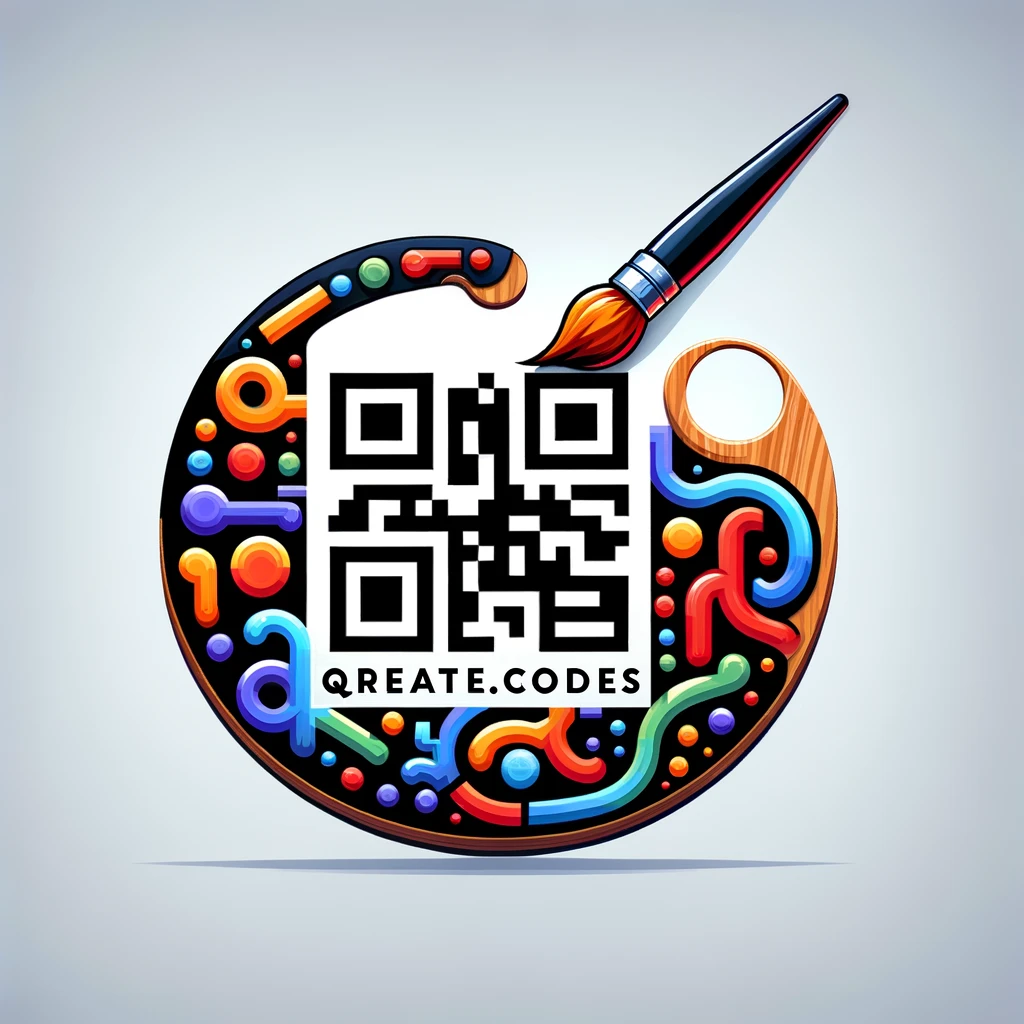
Types of Barcodes
Created on 1 April, 2024 • Barcodes • 3 minutes read
Each of these barcodes has a specific use case, ranging from retail and warehousing to postal services and specific industry applications. Their design and encoding capabilities vary to suit different data types and operational environments.
1D barcodes represent data by varying the widths and spacings of parallel lines, and they are capable of encoding text or numbers. This contrasts with 2D (two-dimensional) barcodes, like QR codes or Data Matrix codes, which can store more information by using patterns of squares, rectangles, or other geometric shapes within a bounded square or rectangle.
Code 32 (C32)
- Also known as the Italian Pharmacode, it's used primarily in the Italian pharmaceutical industry.
Code 39 (C39)
- A widely used alphanumeric barcode that can encode letters A-Z, digits 0-9, and some special characters. There is no built-in error correction.
Code 39+ (C39+)
- An extension of Code 39 to include additional characters such as lowercase letters by using a combination of symbols.
Code 39 Extended (C39E)
- Similar to Code 39+, it extends Code 39 to encode all 128 ASCII characters by combining symbols.
Code 39 Extended+ (C39E+)
- A further extension, possibly including more characters or optimized for specific industry applications.
Code 93 (C93)
- Similar to Code 39 but more compact and with support for the full ASCII character set. It includes additional security features.
Standard 2 of 5 (S25)
- A numeric-only barcode with low data density. It's used in warehouse sorting, photo finishing, and airline ticketing.
Standard 2 of 5+ (S25+)
- An enhanced version of Standard 2 of 5 that includes a checksum for error checking.
Interleaved 2 of 5 (I25)
- A more compact numeric barcode, used in the warehousing and distribution industry. Characters are encoded in pairs, leading to higher density.
Interleaved 2 of 5+ (I25+)
- An Interleaved 2 of 5 variant that includes a checksum for data integrity.
ITF-14
- A 14-digit barcode used on packaging levels of a product, such as a case of goods. It's based on the Interleaved 2 of 5 standard.
Code 128 (C128)
- A high-density barcode that can encode all 128 ASCII characters. It's used widely in shipping and packaging industries.
Code 128A (C128A)
- A subset of Code 128 optimized for encoding uppercase letters and control characters.
Code 128B (C128B)
- A subset of Code 128 optimized for encoding all ASCII characters, including uppercase letters, digits, and punctuation.
Code 128C (C128C)
- A subset of Code 128 optimized for dense numeric data encoding. It encodes two digits into each character.
EAN-2
- A 2-digit supplement to EAN-13, used to indicate magazines and newspapers' issue numbers.
EAN-5
- A 5-digit supplement to EAN-13, used to suggest suggested retail prices.
EAN-8
- A compact version of the EAN-13 barcode, used for small items that cannot accommodate an EAN-13 barcode.
EAN-13
- A global standard for the barcode system, primarily used in retail for product identification.
UPC-A
- A 12-digit barcode widely used in the United States and Canada for tracking trade items in stores.
UPC-E
- A compact, 6-digit version of UPC-A for smaller packages where a full UPC-A barcode would not fit.
MSI Plessey (MSI)
- A numeric barcode used primarily in retail and libraries. It includes a variety of length and checksum options.
MSI Plessey+ (MSI+)
- An enhanced version of MSI with additional checksums for increased data integrity.
POSTNET
- Used by the United States Postal Service for mail sorting, it encodes zip codes and delivery points.
PLANET
- Similar to POSTNET, used by the USPS to track and sort mail but encodes more data.
Telepen Alpha (TELEPENALPHA)
- Can encode the full ASCII character set, used primarily in library systems and logistics.
Telepen Numeric (TELEPENNUMERIC)
- A numeric-only version of Telepen, offering higher density for applications requiring only digits.
RMS4CC (Royal Mail 4-state Customer Code)
- Used by the UK's Royal Mail for automated mail sorting. It encodes alphanumeric characters in a series of bars and spaces.
KIX (Klant index - Customer index)
- Used by the Dutch postal service for mail sorting. Similar to RMS4CC but adapted for the Dutch addressing system.
Intelligent Mail Barcode (IMB)
- Used by the USPS for sorting and tracking letters and flats, it combines the capabilities of both the POSTNET and PLANET codes.
Codabar
- A discrete, self-checking barcode that's used by libraries, blood banks, and parcel delivery services.
Code 11
- Primarily used in telecommunications. It encodes numeric data along with dashes.
Pharma Code
- Used in the pharmaceutical industry for packaging control. It's designed to be readable despite printing errors.
Pharma Code Two-Track (PHARMA2T)
- An advanced version of Pharma Code for encoding more information in a compact space, using two parallel tracks.